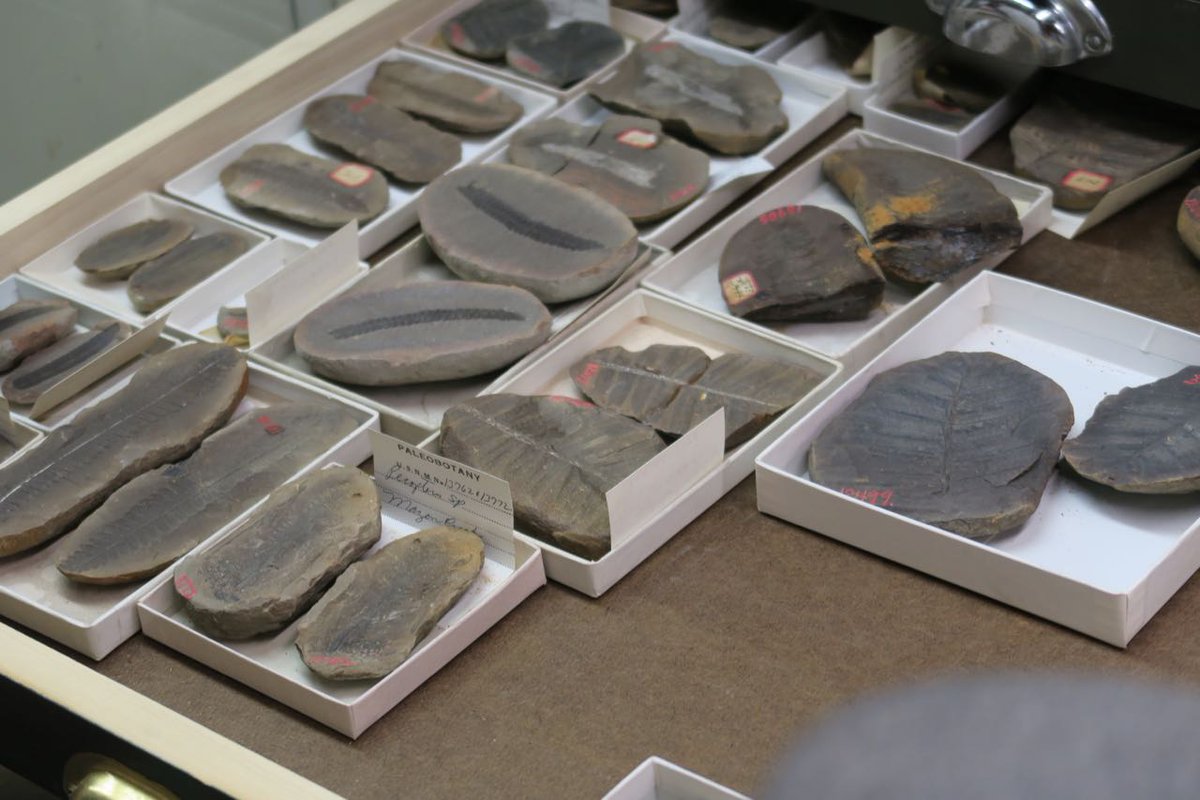1/ Excellent behind the scenes tour of Smithsonian organized by Jen and Anita @BakingSodaVolc. Saw so many amazing things. Special thanks to our tour guides! #Smithsonian #AGU18 


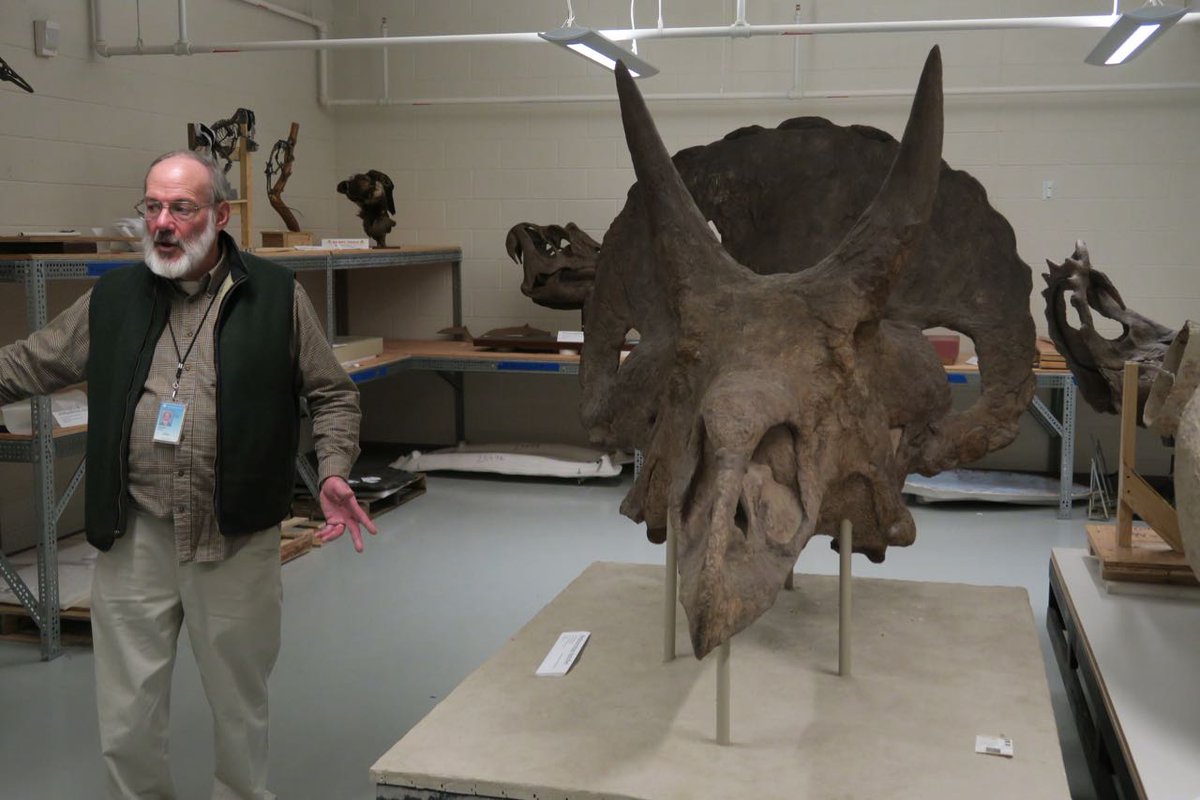


2/ Preserved flesh, skin and blood from a Siberian woolly mammoth found in 1901. Ya, totally cool! @BakingSodaVolc #Smithsonian #AGU18 



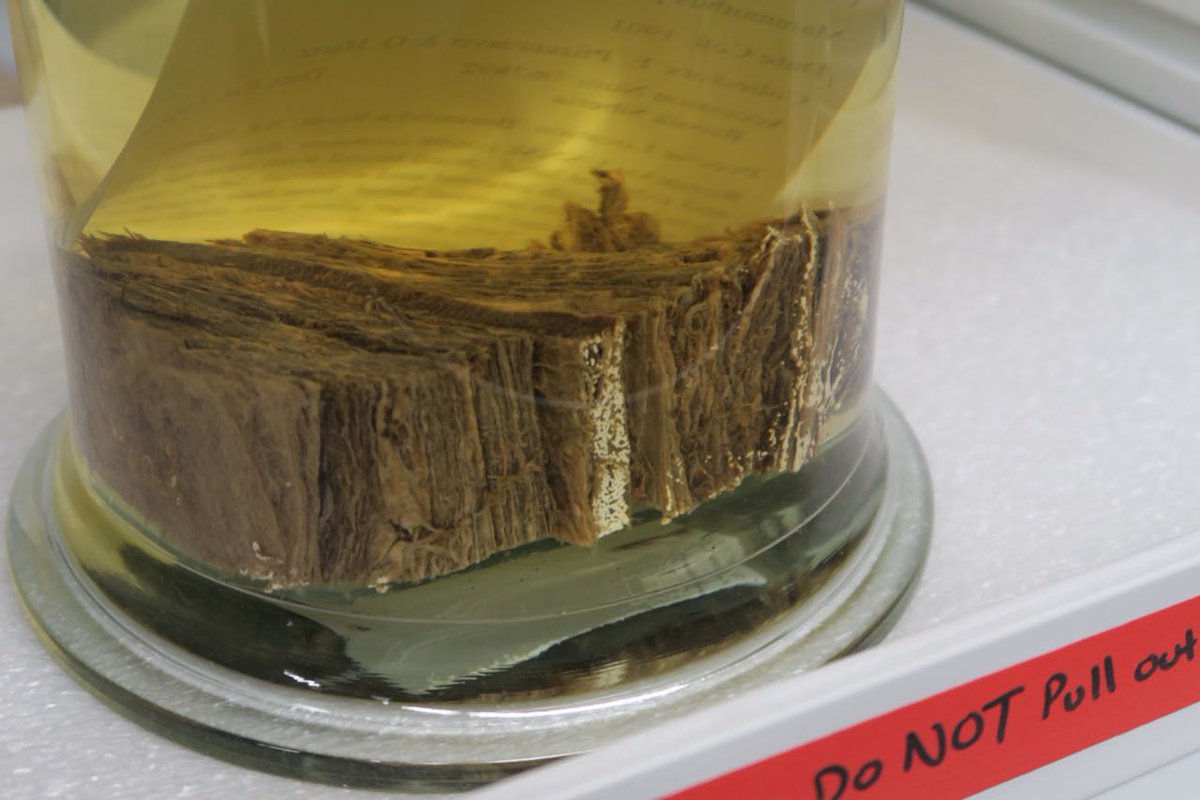



4/ So, so many amazing things. 10,000 year old Sloth dung from a cave, Gastornis skeleton taller than me!, Permafrost preserved Bison priscus.... @BakingSodaVolc #Smithsonian #AGU18 





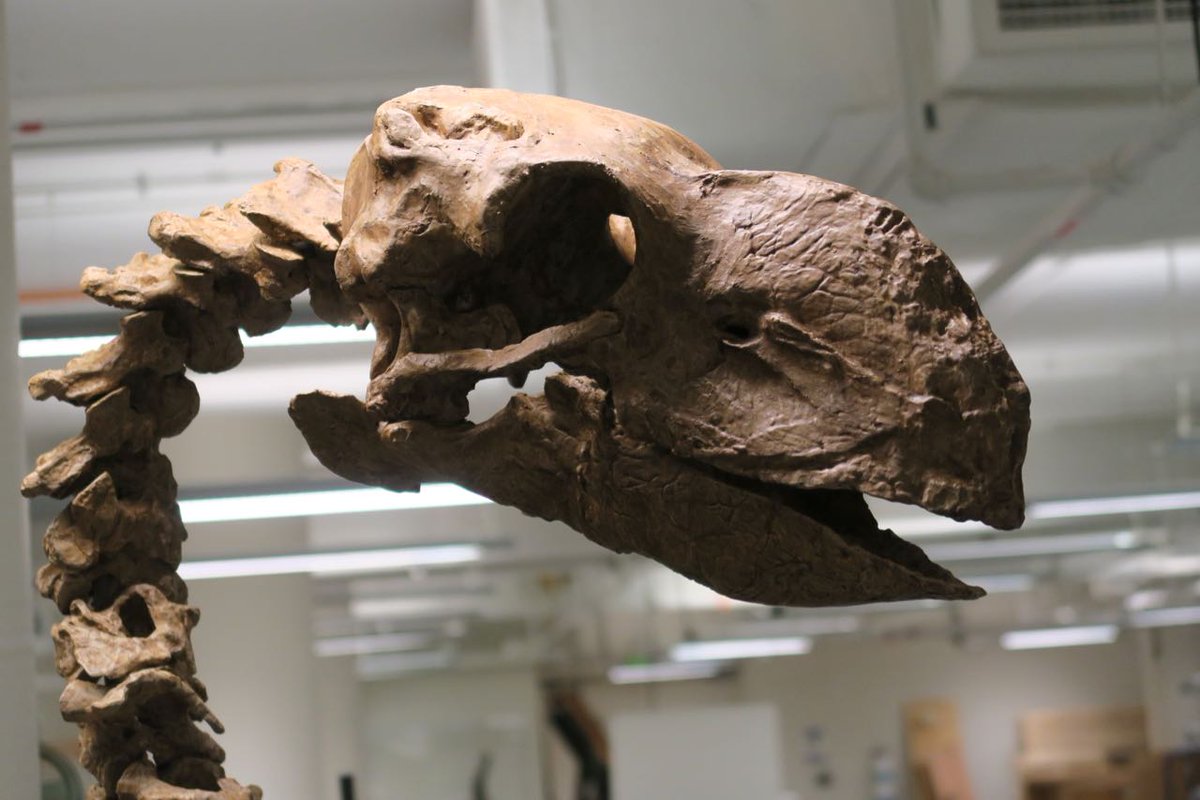

5/ Preserved dinosaur skin! Ground sloth collected by Thomas Jefferson, giant armadillo @BakingSodaVolc #Smithsonian #AGU18 





6/The regular exhibits are also excellent. Just did not have enough time to see it all, that is me transformed to a Neanderthal from one of the displays, plus Megalodon!. #Smithsonian #AGU18 



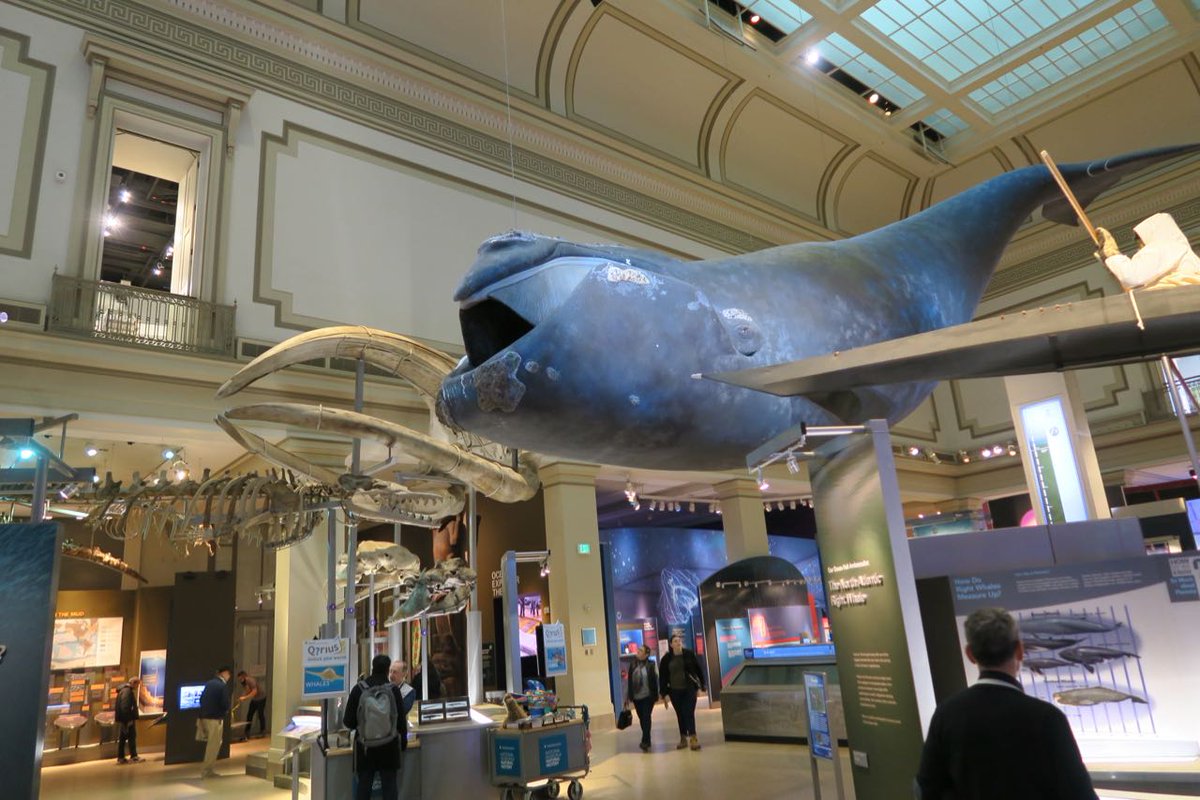



• • •
Missing some Tweet in this thread? You can try to
force a refresh


